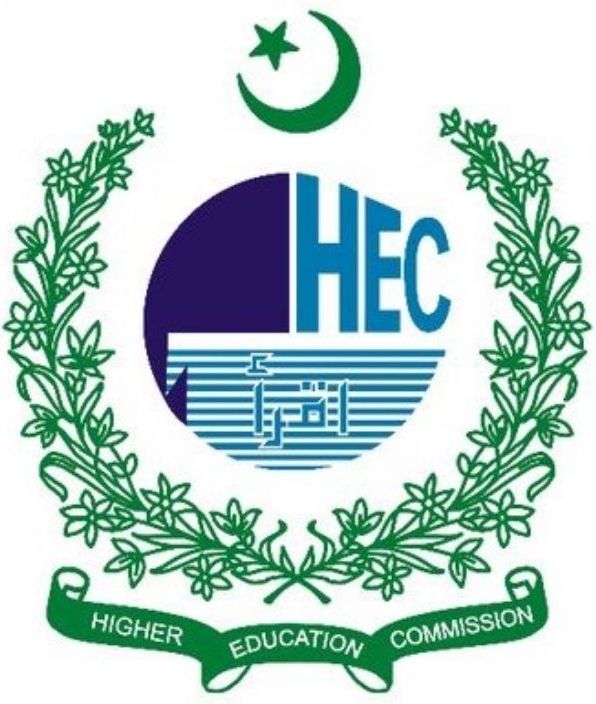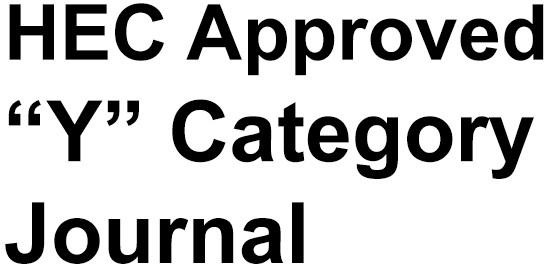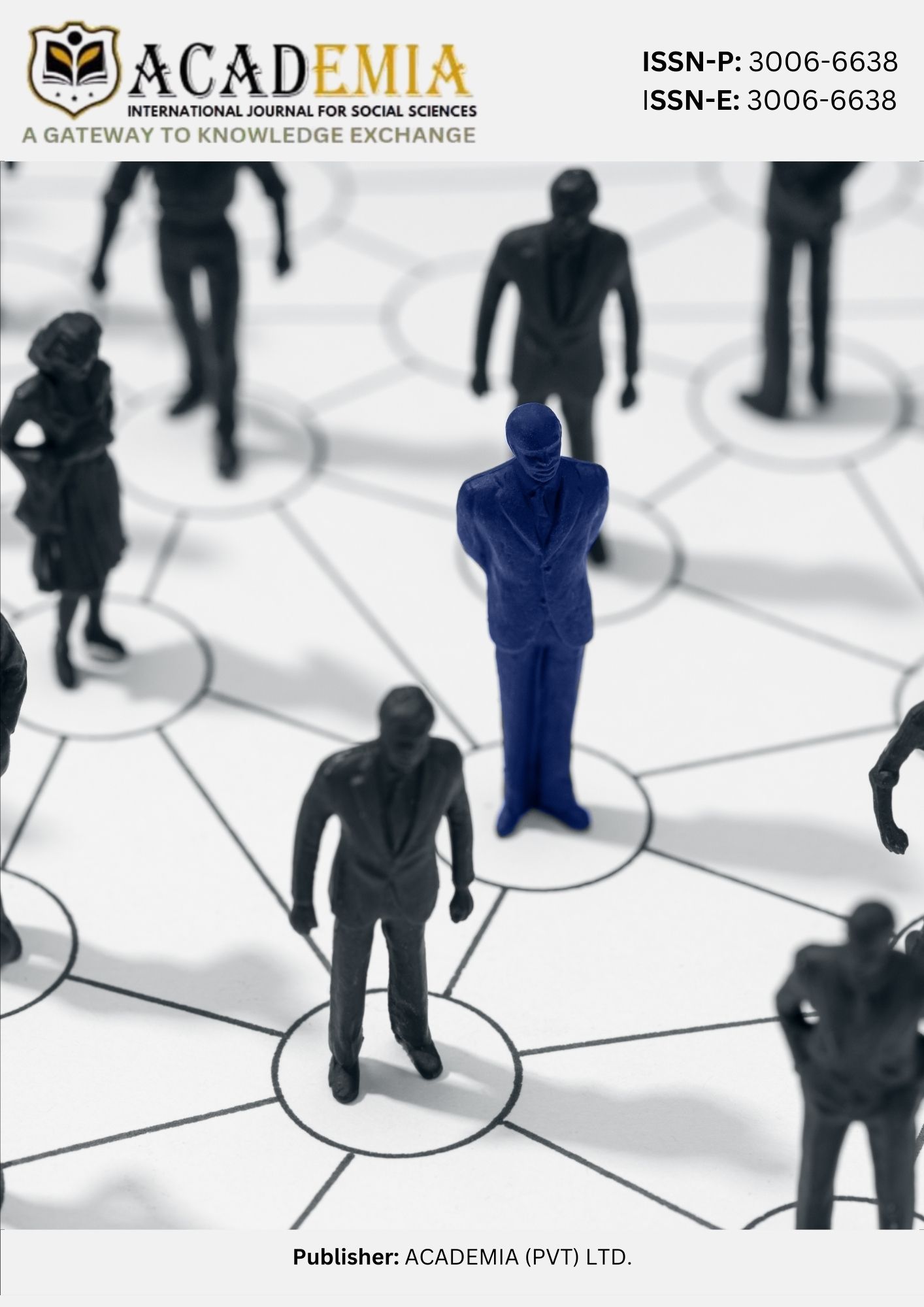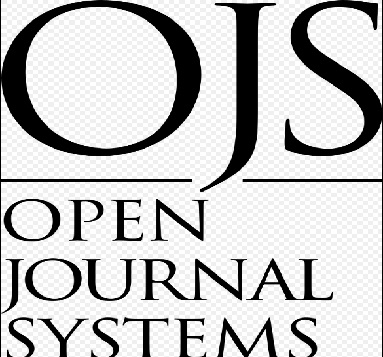Transitivity Analysis of Legal Discourse in Pakistani High Court Criminal Cases
DOI:
https://doi.org/10.63056/ACAD.004.02.0267Keywords:
Legal Discourse , Transitivity Analysis , Judicial Power StructuresAbstract
This study employs Halliday and Matthiessen’s (2014) transitivity model within the framework of Systemic Functional Linguistics (SFL) to investigate the construction of meaning and power in Pakistani High Court criminal judgments. Using the UAM Tool, two authentic judgments comprising a total of 1,300 clauses were analyzed to identify transitivity patterns and their implications for legal discourse. The clause-level analysis reveals a strong dominance of Material processes (79.7% in Text 1; 73.2% in Text 2), indicating a discourse centered on observable actions and legal causality. Participants and Processes collectively account for over 50% of all transitivity elements in both texts, while Circumstances remain underrepresented (20.8% in Text 1 and 24.7% in Text 2), suggesting a systematic suppression of context such as motive, location, or social environment. This linguistic structure reflects a legal grammar of control, where the judicial voice constructs an authoritative, monologic narrative. Mental and Verbal processes appear only marginally—signaling a discourse that minimizes the internal states, emotions, or voices of the accused and witnesses. Relational clauses, used primarily to assert guilt or legal status, reinforce categorical legal identities (“is guilty”, “was armed”), further distancing individual subjectivity. The near absence of Existential and Modal clauses (less than 1%) suggests a discourse characterized by epistemic certainty and factual finality, with little room for ambiguity or possibility. The findings point to an enduring formalistic and power-driven legal discourse in Pakistan, shaped by a colonial linguistic legacy and reinforced by institutional structures. While Islamic legal principles such as niyyah (intention) and al-‘urf (contextual justice) emphasize moral and social nuance, the transitivity patterns reveal little accommodation for such interpretive flexibility. Instead, the language of the judgments treats crime as a decontextualized event, prioritizing legal roles and actions over personal experience and mitigating circumstances. The study highlights the ideological work performed by legal grammar in constructing legal truth, institutional authority, and judicial power. By silencing mental, emotional, and contextual dimensions, Pakistani legal discourse risks undermining principles of restorative justice and fairness. The findings call for increased linguistic transparency, contextual sensitivity, and a move toward humanizing courtroom discourse. Integrating transitivity analysis into legal training and judicial writing practices may foster a more empathetic and equitable system—one that recognizes not only what happened, but also why it happened, to whom, and under what conditions.
Downloads
Published
Issue
Section
License
Copyright (c) 2025 Muqaddas Shahzadi, Sarfraz Tabassum, Dr. Hafiz Muhammad Qasim (Author)

This work is licensed under a Creative Commons Attribution 4.0 International License.















